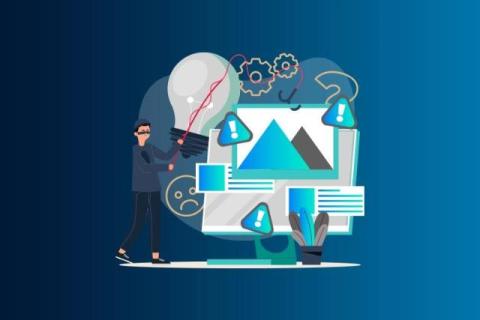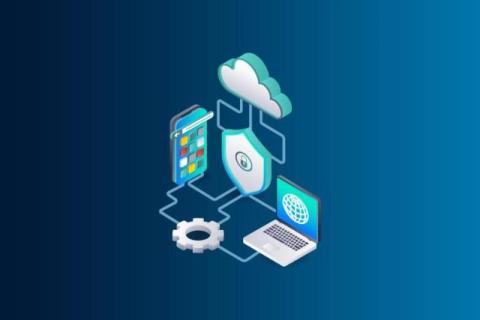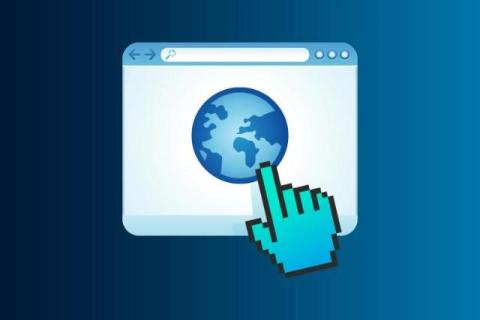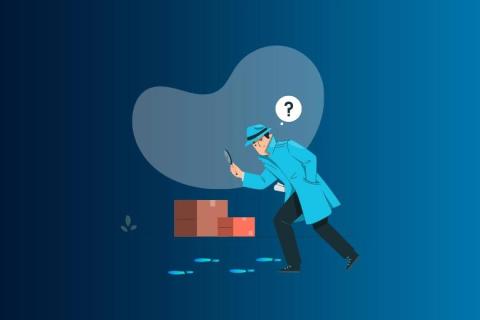Risks and Mitigation of Malware: Strengthening Your Cybersecurity Posture
Malware risks and how to avoid them are important things for both people and businesses to think about. Threats to data accuracy, privacy, and financial security come from malware like viruses, ransomware, spyware, and trojans. Reports say that over 560,000 new pieces of malware are found every day around the world, showing that cybercriminals are always changing how they do things.










